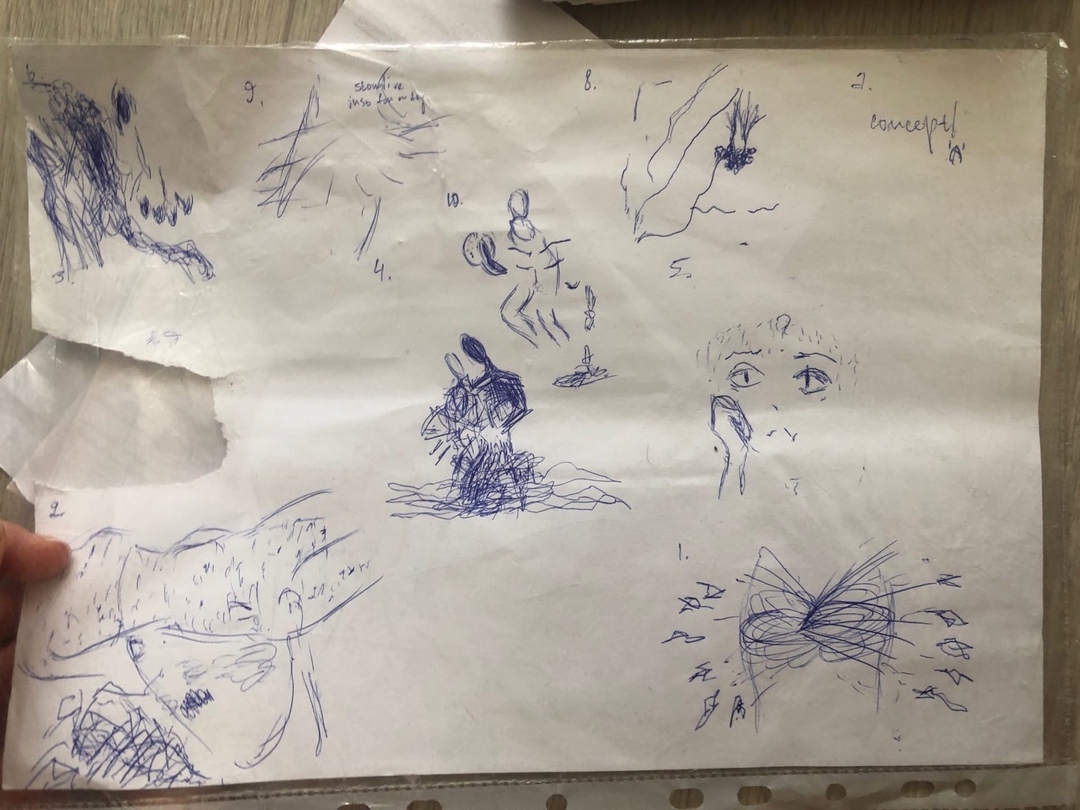About me: medical psychologist, I work in a psychiatric clinic. Also, I am engaged in scientific activities. Professional interests: clinical psychodiagnostics, scientific research in the field of cognitive psychology, psychophysiology, neuroscience and related fields.
In the context of this article , its continuation , as well as those interesting and fascinating discussions that formed under them, I would like to start discussing the methodological deficit and, possibly (lol), the successes of Russian clinical psychodiagnostics in a practical and problem-oriented manner. Hope to write a number of articles if there is a response. When I saw this article (it's a pity that it's so late), I was glad that at least some discussions on such topics were starting.
In this article I will try to describe the possibilities and areas of application of such a psychodiagnostic technique as "Pictograms", which our clinical psychologists love so much, and also describe the problems that often arise in the analysis and interpretation of the data of this technique.
Well, this technique was proposed already in the 1930s by Soviet psychologists. The history of true authorship is shrouded in mystery, Birenbaum G.V. in his publication attributes the authorship of Luria to A.R., while Luria himself, much later (1964), gave the palm to L.S.Vygotsky.
The technique is quite simple to carry out. The steps are as follows:
The investigator is given approximately the following instruction: “The next test will be to test your memory. I will name words or expressions that need to be remembered. In order to make it easier to remember, for each word you need to draw a picture, no matter which one, but so that it helps you remember the named word. The quality of the drawing does not matter, it is only important that it helps you memorize. Do not write words and letters. "It could also be indicated that the picture should be precisely a "pictogram", that is, a schematic image containing the key features of the concept (in the opinion of the researcher). Sometimes this is needed to differentiate hyper-productivity in activities (in this case, in drawing). After all, if when the subject, who "understood" the instructions, starts drawing the "mona in the grotto" for 30 min, starting the task, there is a reason to think about whether everything is fine with the criticality of thinking. The set of incentives is usually as follows: “fun holiday”, “hard work”, “delicious dinner”, “illness”, “sadness”, “happiness”, “love”, “development”, “separation”, “deception”, “victory "," Feat "," enmity "," justice "," doubt "," friendship ".
, , , . , , "", .
:
, , , :
1) ( , ).
2) ( , , ),
3) " " ( , )
4) "" . - (, "") (""). , , "" , " " , , , , , "" ..
, , , ( , " "), , " ", , , , ). , , , , " ", , , ("" " " .), "".
, , :
. , , "", ", ". , , , , :
1) "-"(), - () , , , , , "". "", " /, ", . "", "" , . , , , , " " .
2) " ()", .., - , (, , , , , -, "", ). , "" , - , . , , . , , .
, - . , , , "" . ..:
, .
.
.
" ", "".
"" "", - .
: , ( , ), - , , .
.
Application. Here, for the sake of interest and for reference, I would like to present parts of the drawings. In the first photo there are drawings of a person who has a Personally abnormal pathopsychological symptom complex with a pronounced hysterical radical, a characteristic demonstrative gesture, a torn part of a sheet - a reaction to the stimulus "happiness" ("there is no happiness"). The second shows a person with a schizophrenic symptom complex (Schizotypal Disorder).

